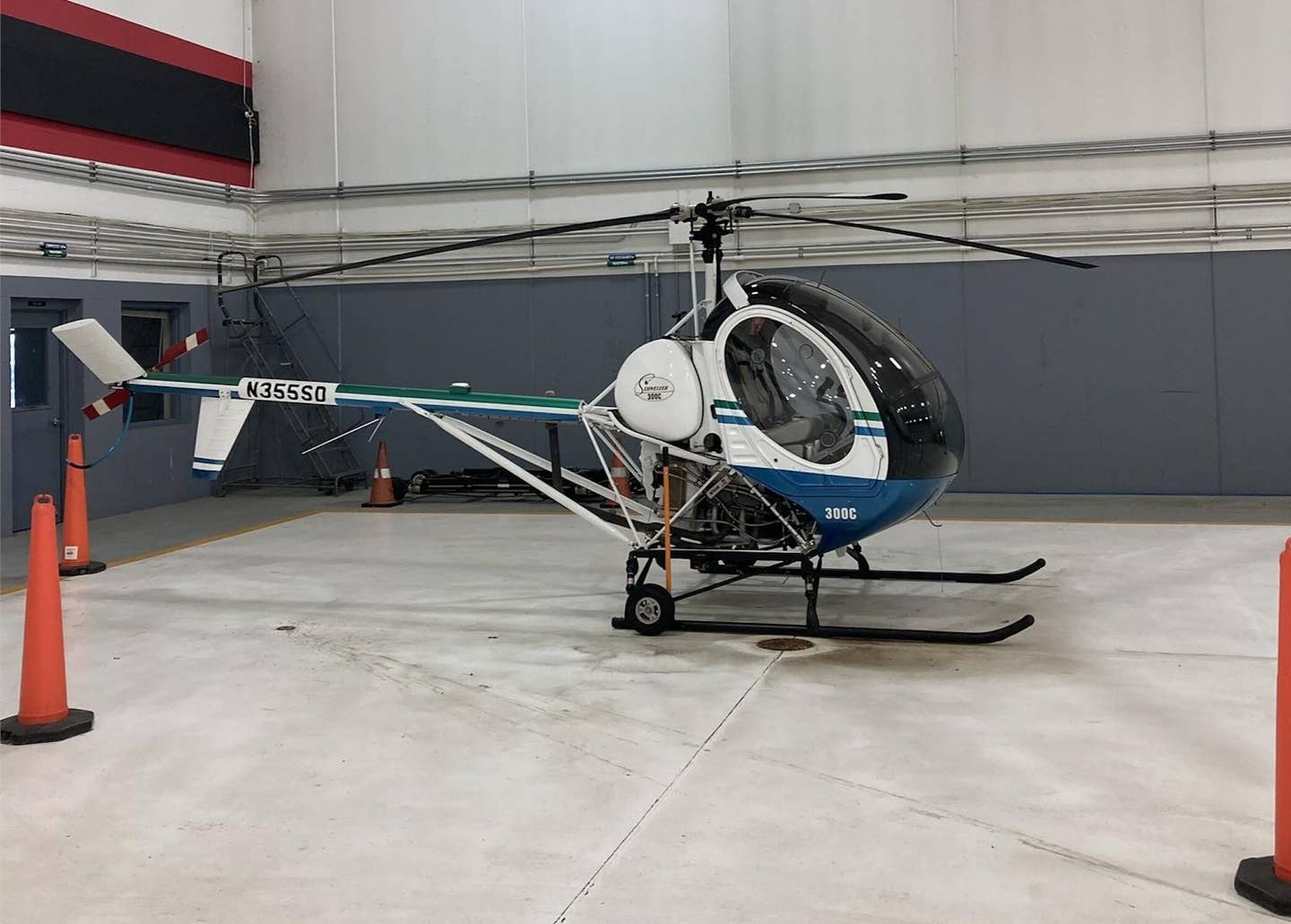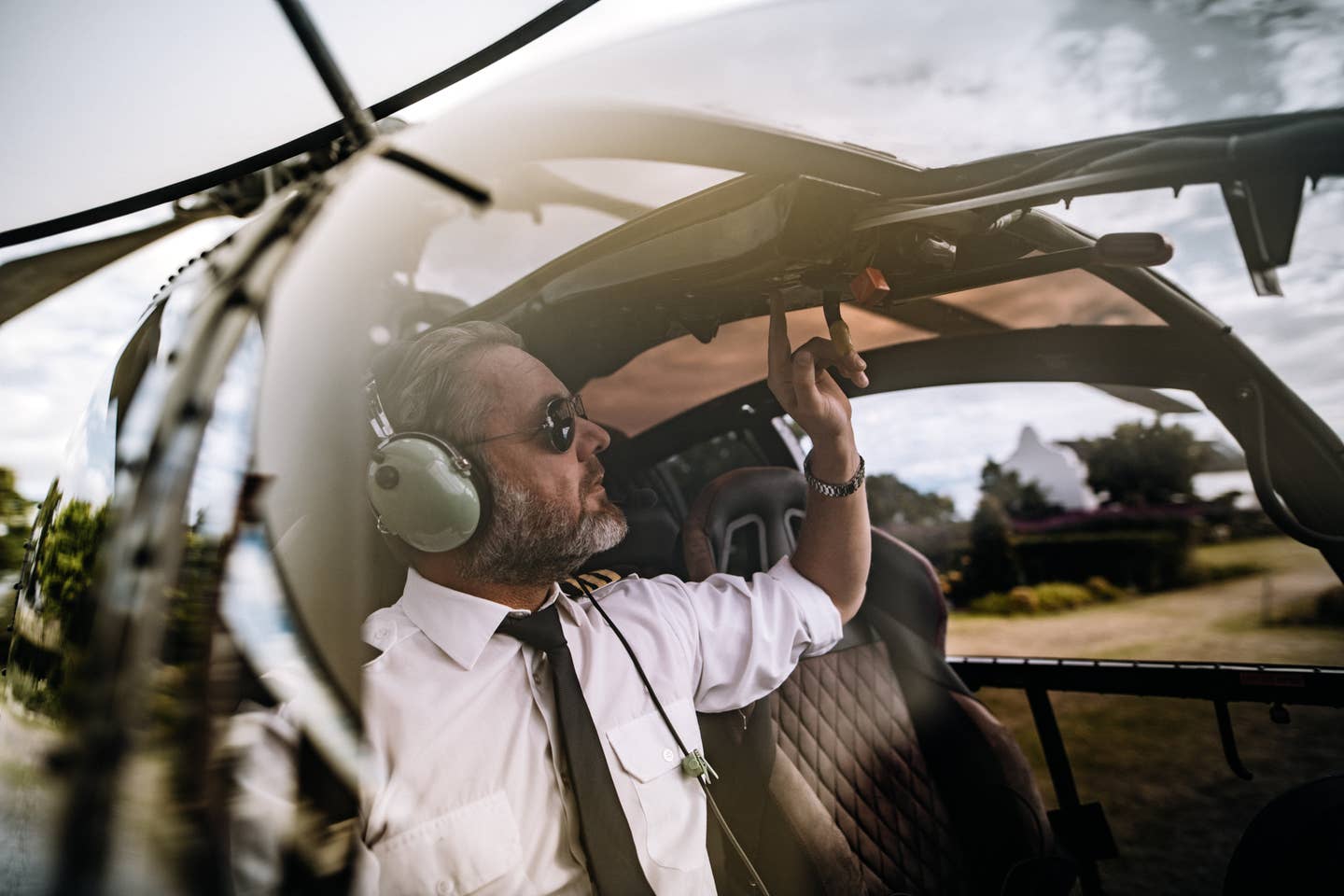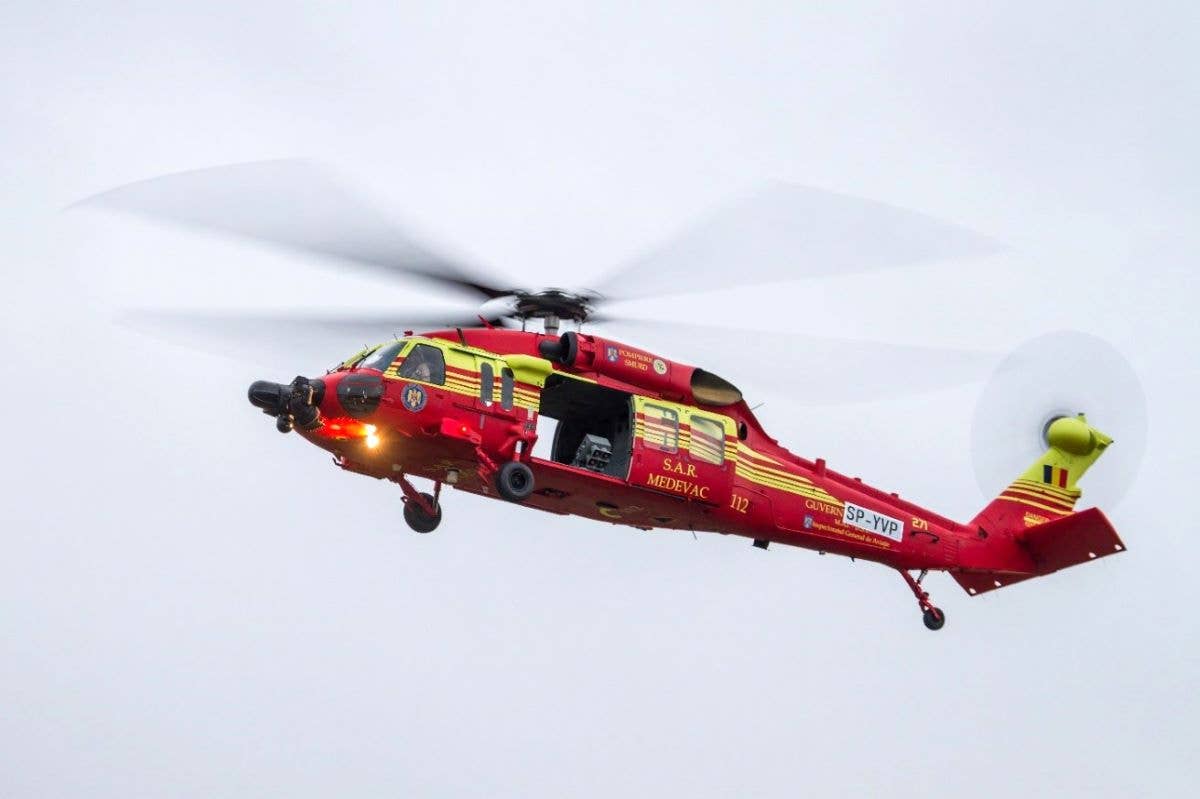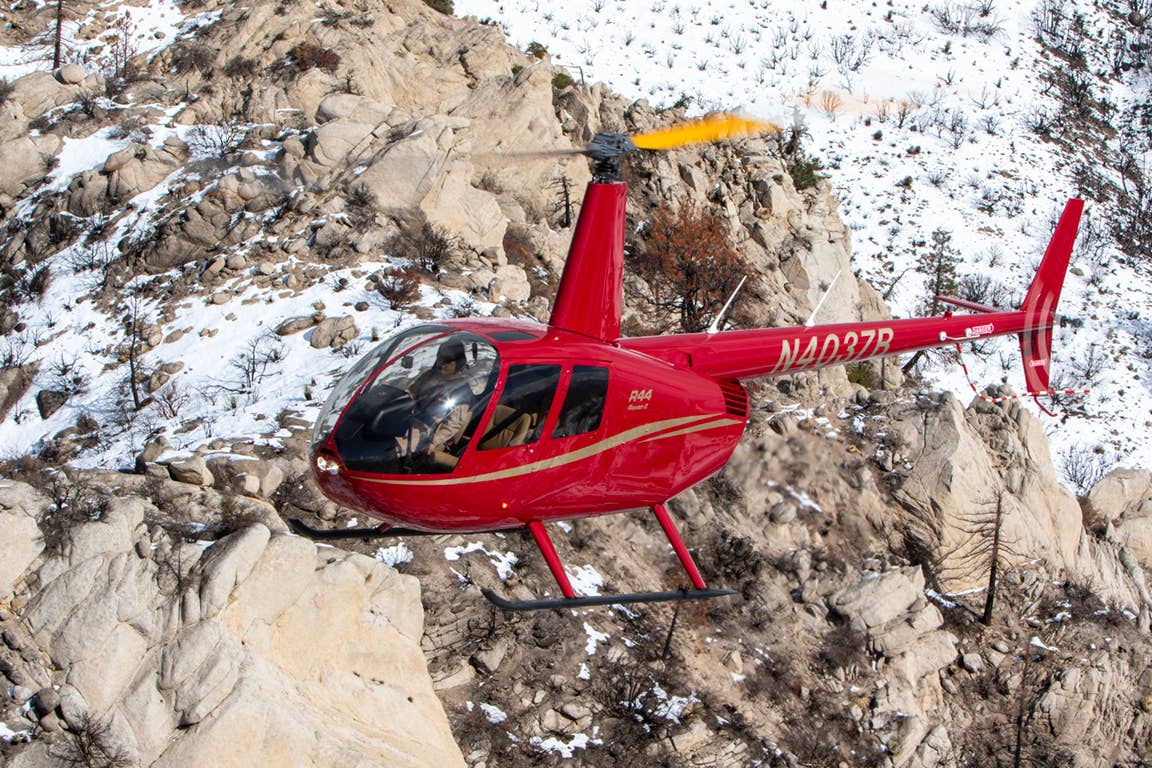Air Tour Operators Ask Congress to Restore Their Access to National Parks
Federal plans to restrict park airspace could hurt businesses, critics say.

Helicopter tour operators are concerned about new restrictions over national parks. [Credit: iStock]
Helicopter air tour operators continue to push back against new rules affecting how they conduct tours of national parks.
Members of the Helicopter Association International (HAI), a trade group representing the global helicopter industry, gave testimony before Congress, asking lawmakers to encourage the FAA and National Park Service to reconsider rules that limit or forbid air tour operations over certain national parks.
“The rushed and misguided process limits and, in some cases, eliminates tours of our national parks by air without consideration of the operational, environmental, and access issues for the public and air tour operators,” said Mark A. Schlaefli, president of Rushmore Helicopters, Black Hills Aerial Adventures, and Badger Helicopters, and vice chair of the HAI board of directors.
Discussion of air tour management plans (ATMPs) has been going on for some time, with air tour operators concerned that new rules will restrict airspace over parks to the point where their businesses will suffer.
In June, the HAI asked its members and supporters to comment on the proposed ATMPs four parks in two states: Hawai’i Volcanoes National Park and Haleakalā National Park in Hawaii, and Badlands National Park and Mount Rushmore National Memorial in South Dakota. Now the group is asking Congress to take action to reduce planned restrictions.
The NPS and FAA completed ATMPs for Badlands National Park and Mount Rushmore National Memorial that require air tour operators “to conduct all air tours beyond one-half mile from the park boundary or fly at 5,000 agl or higher when over the park. The agencies said the rules “are designed to protect the park's natural and cultural resources, Tribal sacred sites and ceremonial areas, and visitor experience, within the ATMP boundary.”
Tour operators seek more discussion, noting that plans for Badlands and Rushmore were made hastily and could make their operations uneconomical.
“Congress and stakeholders, working together, created the road map for the development of air tour management plans (ATMPs), which is now being ignored in the rush to complete all the plans within two years,” said Jake Tomlin, president of Papillon Grand Canyon Helicopters and Grand Canyon Scenic
Airlines, who also testified during the Congressional hearing. “Not involving crucial stakeholders like air tour operators in this procedure led to plans for the initial parks that raise significant safety issues,” Tomlin added.
Among the safety issues tour operators have attributed to the ATMPs are tour routes that conflict with nearby airports and military installations, aircraft being permitted to fly within 500 feet of one another, no consideration for weather, and no coordinated radio communications in the areas.
So far, Congress appears sympathetic to the air tour operators. In a memo, the House Natural Resources Subcommittee on Oversight and Investigations discussed downsides to the latest ATMPs including potential adverse economic effects.
“ATMPs across the nation have either completely eliminated air tours over certain National Park units, or effectively eliminated them by drastically limiting the number of flights allocated, making air tour operations in these regions uneconomical. Such actions are short sighted, as they do not account for the numerous services that air tour companies, their pilots, and their vehicles provide for the surrounding communities. They also do not account for the economic impacts of ATMPs, resulting limitations on access to the National Park System, and their minimal impact to the environment,” the memo stated.
In its conclusion, the subcommittee said, “Further action is needed by Congress to correct the ATMP process.”

Subscribe to Our Newsletter
Get the latest FLYING stories delivered directly to your inbox






